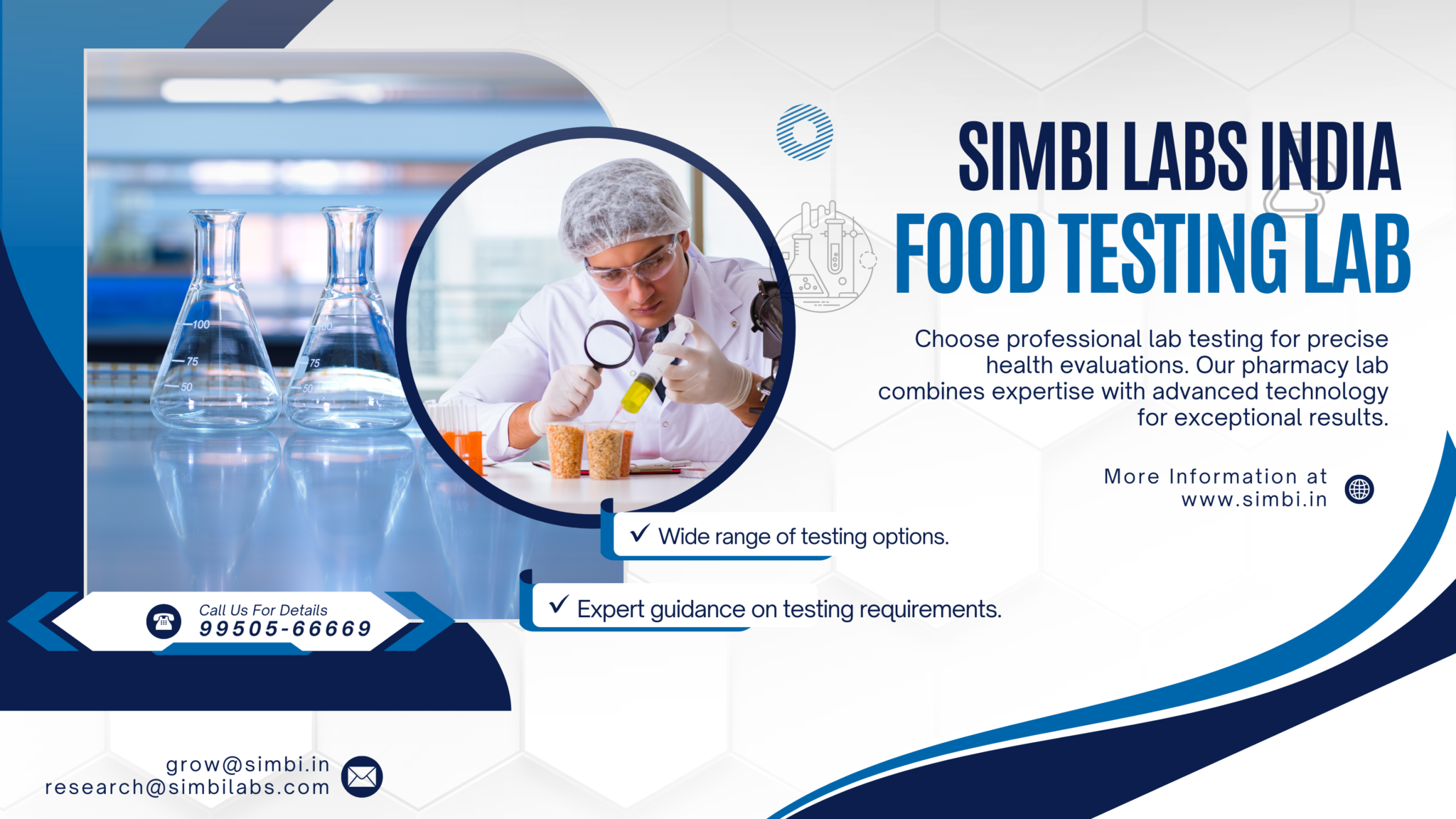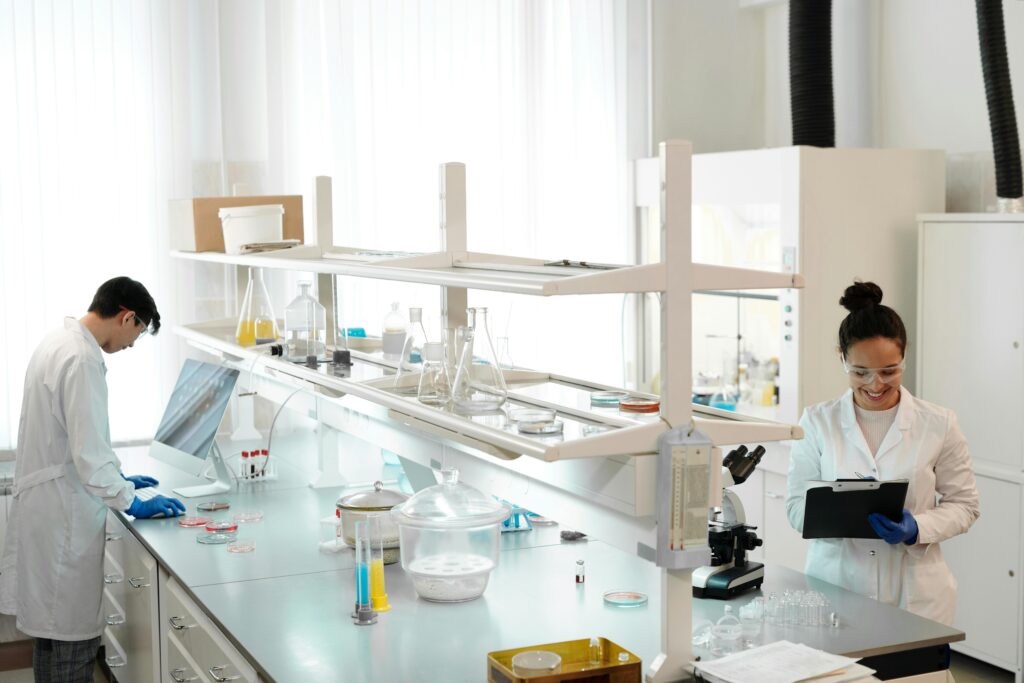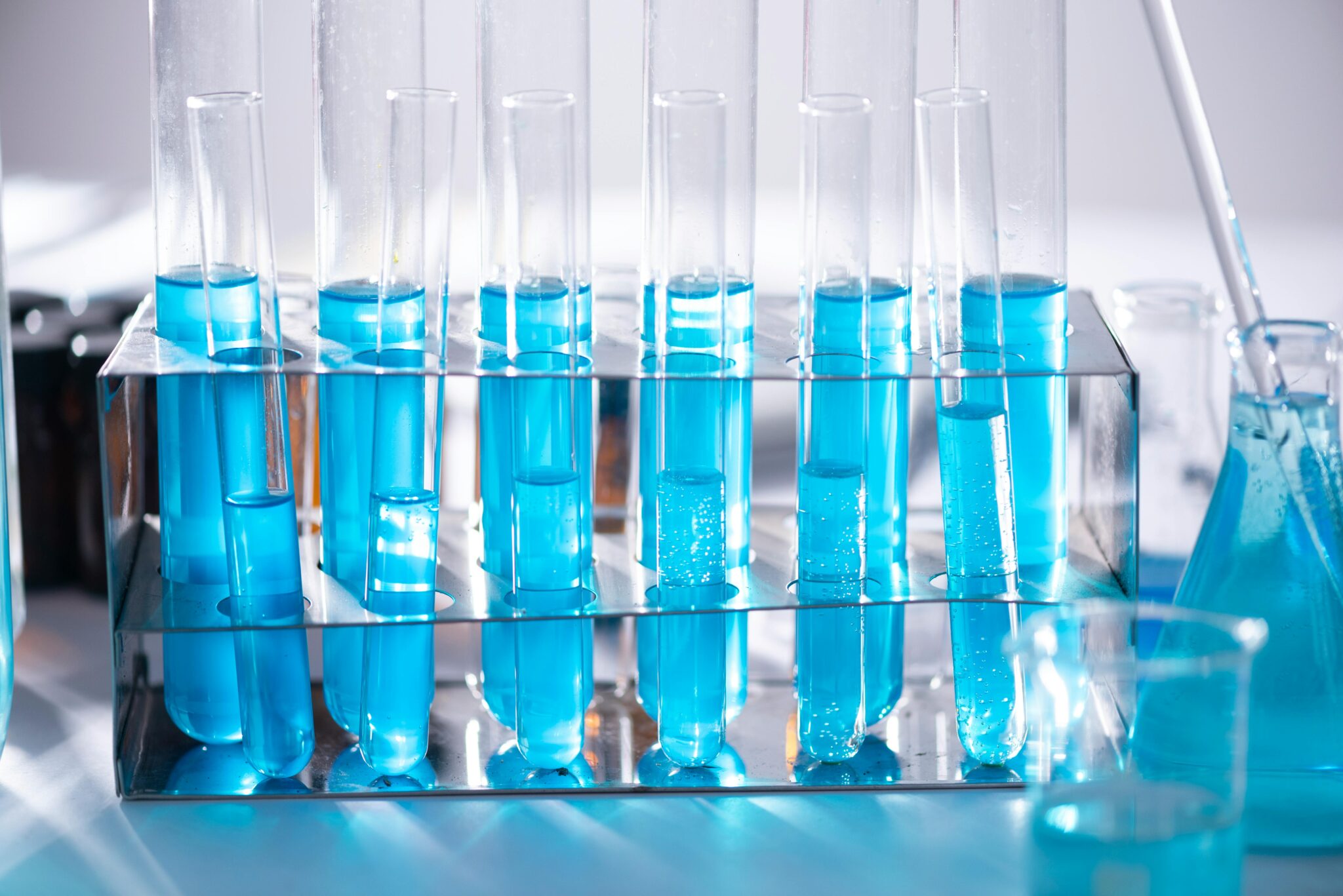Interested in conversing with our Customer Care Executive?
Simply provide your contact information and we will promptly reach out to you.


Organic food testing ensures that organic products are devoid of artificial ingredients and adhere to rigorous regulations. Organic food must not only be devoid of chemicals, but it should also be cultivated without the use of synthetic pesticides and fertilizers. Organic food testing is used to determine the presence of pesticides and fertilizers.
Dairy products testing involves the examination of milk, cheese, and other dairy products, as well as goods that contain components derived from milk, cheese, or other dairy products. These tests are conducted to analyze the levels of ash, alkalinity, dispensability, fat, milk fat, lactose, milk solids, non-fatty components, moisture, minerals, microbiological factors, protein using the Kjeldahl method, combustion, total solids in milk, titrable acidity, and vitamins.
GMO Food Test: The global cultivation of genetically modified (GM) crops has experienced a substantial growth in the past decade. The increase in output has been accompanied by a simultaneous and intricate regulatory approval process, which requires testing agriculture and goods for genetically modified (GM) content in order to govern international trade. GMO testing serves to verify the identity and characteristics of a product at each stage of the supply chain, ensuring adherence to import and labeling rules for genetically modified food and feed.
Gluten-Free Food Test: Gluten is an intricate protein present in wheat, barley, rye, and triticale. The only medically acknowledged treatment for celiac disease is a gluten-free diet. If an individual is intolerant to wheat, they may experience an inflammatory skin condition as a result of being exposed to wheat, particularly if they are also intolerant to gluten. Gluten-free food tests are conducted to determine the gluten content in food.
Pesticide residue analysis is a crucial process in ensuring human safety for agricultural products. Pesticides are used to control insects and pests, hence increasing crop yield. Pesticide residue analysis tests are conducted to detect and measure the presence of residues in highly intricate food matrices.
The implementation of the “Nutritional Facts” label was mandated worldwide as a regulatory measure for food labeling. In September 2008, the Ministry of Health and Family Welfare mandated that packaged food manufacturers must disclose nutritional information on the labels of their food products. The label serves to inform consumers on the characteristics of the food, including its quality, amount, contents, and nature. Additionally, it offers details regarding the origin of the product.

Coffee testing, also known as coffee analysis, is a comprehensive process used to evaluate the quality, safety, and consistency of coffee beans and brewed coffee. This multifaceted process encompasses various tests, each targeting specific attributes of the coffee to ensure it meets industry standards and consumer expectations.
The first step in coffee testing is sample collection, where representative samples are taken from different batches of coffee beans. These samples undergo physical testing to assess parameters such as bean size, shape, color, and the presence of foreign matter. Uniformity in these physical characteristics is crucial for consistent roasting and brewing results.
Chemical testing is a vital component, involving the analysis of pesticide residues, mycotoxins (such as ochratoxin A), heavy metals (like lead, cadmium, mercury, and arsenic), and moisture content. Moisture content testing ensures that the beans have been properly dried and stored, preventing mold growth and spoilage. Additionally, caffeine content and chlorogenic acids are measured to determine the coffee’s stimulant properties and antioxidant levels, respectively.
Microbiological testing is conducted to detect harmful pathogens such as Salmonella, E. coli, and molds, ensuring the coffee is safe for consumption. This is particularly important for green coffee beans, which can harbor microorganisms.
Roasting analysis evaluates the degree and uniformity of the roast, affecting the flavor profile of the coffee. Sensory testing, often conducted by trained coffee tasters or cuppers, is another critical aspect. This involves evaluating the aroma, flavor, body, acidity, and aftertaste of the brewed coffee. Sensory testing provides a holistic assessment of the coffee’s quality, capturing characteristics that are difficult to measure through chemical or physical tests alone.
The water activity in coffee is measured to predict shelf life and potential for microbial growth, while the pH level determines the acidity, which can influence flavor and preservation. The density of the beans or ground coffee is measured to ensure consistency in packaging and brewing.
Oil content and volatile compounds are analyzed to understand the contributions to flavor and aroma. Adulteration testing is performed to ensure the purity of the coffee, detecting any additions of inferior substances.
Overall, coffee testing is a meticulous process that combines scientific analysis with sensory evaluation to ensure that every cup of coffee meets the highest standards of quality and safety. This rigorous approach helps producers maintain consistency, comply with regulations, and deliver a product that satisfies the discerning palates of coffee lovers worldwide.
Simply provide your contact information and we will promptly reach out to you.
Simbi Labs India tests items to NABL, ILAC, ASTM, ISO, USP, BP, DIN, JS, BS, AOAC standards.
Simbi Labs India boasts a highly seasoned management team with extensive expertise in their respective fields.
Our facilities comply fully with all International Standards, ensuring excellence in all operational aspects.
Simbi Labs India utilizes the latest technology in testing fields to ensure precise and reliable results.
Ghee testing is a comprehensive process used to evaluate the quality, purity, and safety of ghee, a form of clarified butter widely used in Indian cuisine and traditional medicine. The testing involves a variety of analyses to ensure that the ghee meets regulatory standards and consumer expectations.
The first step in ghee testing is sensory evaluation, where experts assess the ghee’s color, texture, aroma, and taste. This helps in identifying any deviations from the expected sensory properties.
Chemical testing follows, focusing on the composition and purity of the ghee. Key parameters include the moisture content, which should be minimal as ghee is anhydrous; free fatty acids (FFA), which indicate the level of hydrolytic rancidity; and the peroxide value, which measures the extent of oxidative rancidity. The iodine value is tested to determine the degree of unsaturation in the fats, while the saponification value provides insights into the average molecular weight of the triglycerides present.
Adulteration tests are crucial for ensuring the purity of ghee. Common adulterants include vanaspati (a type of hydrogenated vegetable oil) and animal body fats. Techniques like GC-MS (Gas Chromatography-Mass Spectrometry) and HPLC (High-Performance Liquid Chromatography) are employed to detect these adulterants. The presence of synthetic antioxidants or preservatives is also checked to ensure compliance with food safety regulations.
Microbiological testing is conducted to ensure the ghee is free from harmful microorganisms such as bacteria, yeast, and molds. Although ghee’s low moisture content generally inhibits microbial growth, testing for pathogens like Salmonella and E. coli ensures its safety.
Additionally, nutritional analysis is performed to verify the content of vitamins (like A, D, E, and K), fats, and other essential nutrients. The ghee’s melting point and refractive index are also measured to ensure it aligns with the standards for clarified butter.
Lastly, the packaging is inspected for labeling accuracy, ensuring that the nutritional information, ingredients, and expiration dates are correctly stated. Shelf-life studies may also be conducted to determine how long the ghee remains stable under various storage conditions.
Overall, ghee testing is a thorough and multi-faceted process designed to guarantee the product’s quality, purity, and safety, providing consumers with a high-quality culinary and medicinal ingredient
Learn More
Food testing is essential to ensure the safety, quality, and compliance of food products. It helps prevent foodborne illnesses by detecting harmful microorganisms and contaminants that could pose health risks to consumers. Testing verifies that food products meet regulatory standards, including accurate labeling and permissible levels of additives and residues. It also ensures the integrity and consistency of food quality, addressing concerns such as ingredient authenticity and nutritional content. By identifying potential issues before products reach the market, food testing safeguards consumer health, supports compliance with industry regulations, and maintains trust in the food supply chain.
Common methods used in food testing include laboratory analysis, sensory evaluation, and rapid test kits. Laboratory analysis involves sophisticated techniques such as chromatography, spectroscopy, and microbiological culturing to detect contaminants, verify nutritional content, and analyze physical properties. Sensory evaluation employs trained panels or consumer groups to assess the aroma, flavor, texture, and appearance of food products, providing insights into product quality. Rapid test kits offer quick and convenient testing for specific parameters, such as allergens or contaminants, using on-site methods. These methods collectively ensure comprehensive food safety and quality assessments, addressing both scientific and sensory aspects of food products.
Food testing ensures product safety and quality by systematically identifying and evaluating potential risks and inconsistencies in food products. Through microbiological testing, harmful pathogens are detected to prevent foodborne illnesses. Chemical testing identifies contaminants such as pesticides, heavy metals, and mycotoxins, ensuring that food is free from harmful substances. Physical testing assesses attributes like texture and color for consistency and quality, while sensory testing evaluates the overall taste, aroma, and appearance to meet consumer expectations. Additionally, allergen testing confirms accurate labeling and prevents allergic reactions. By thoroughly analyzing these aspects, food testing helps maintain high standards, ensure regulatory compliance, and protect consumer health
Key parameters tested in food products encompass various aspects to ensure safety, quality, and compliance. Microbiological parameters include the detection of harmful pathogens such as Salmonella, E. coli, and Listeria to prevent foodborne illnesses. Chemical parameters involve testing for contaminants like pesticides, heavy metals, mycotoxins, and verifying nutritional content, including vitamins, minerals, and macronutrients. Physical parameters assess characteristics such as texture, color, moisture content, and particle size to ensure consistency and quality. Sensory parameters involve evaluating aroma, flavor, texture, and appearance to meet consumer preferences. Additionally, allergen testing ensures the accurate labeling of allergens to prevent allergic reactions. These comprehensive tests collectively ensure that food products are safe, high-quality, and meet regulatory standards.



Our NABL accreditation ensures that our testing services meet international standards.
Our ISO 9001:2015 certification ensures that our quality management system meets international standards.
Join us today! for getting updates in your inbox